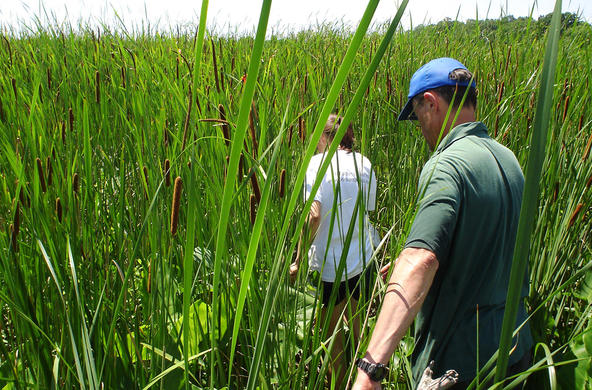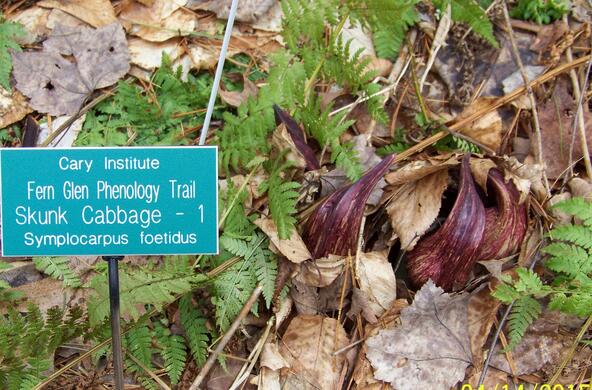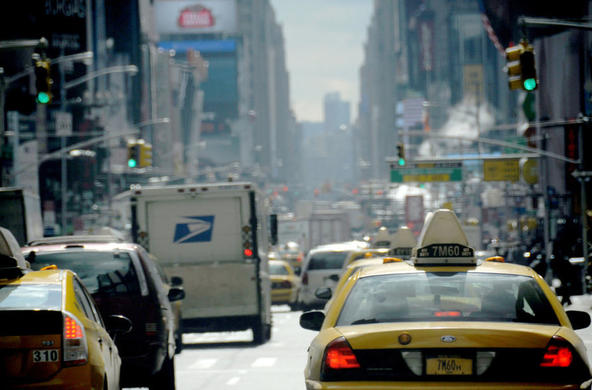Objectives
Students will use HRECOS graphs of Hudson River water temperature data from the month of July in the years 2010-2016, identify trends in the data, exceptions to the data, and make predictions about possible causes of the data trends.
Overview
Rating:
- Students will use daily average water temperature data from the month of July taken from Piermont Pier, NY to generate line graphs for each of the following years: 2010, 2011, 2012, 2013, 2014, 2015, and 2016.
- Students will identify trends in the data for each graph.
- Students will identify and discuss any exceptions or outliers that they observe in the data.
- Students will discuss possible causes of the trends in the data.
Materials
- Student readings: Sea Temperature Rise
- Powerpoint presentation Climate Change and Sea Level Rise
- Computers with internet access
- Digital copies of the Student Copy MS HRECOS Activity
- Hard copies of “Student Exit Ticket”
- Projector
Procedure
Preparation:
Students should be familiar with the concept of climate change. They should read the Sea Temperature Rise reading from National Geographic before class.
Provide a digital link to or hard copy of the Student Copy MS HRECOS Activity and link teacher computer to a projector. You can use the Google Slides presentation as a guide.
Engage: Ask, “What happens to water as it freezes into ice? What do you imagine happens to water as it heats up? What evidence do you have? Hint: Think of phase changes and thermal expansion.”
Explore: Students will work from graphs made using the "HRECOS Current Conditions" page (https://www.hrecos.org/) to analyze a graph of the daily average water temperatures for the month of July as outlined in the worksheet. They will compare 2009 with one year between 2010 and 2016.
Break students into 7 groups. Each group will receive temperatures for July of their respective years.
Hand out the worksheet to each student. Specify that “Your Year” is the year on their graph being compared to 2009.
Also point out that for 2013, the only data available was at Norrie Point. During Evaluation at the end, discuss what sources of error this might bring.
Students will go up to a single piece of chart paper and graph certain data points. Each group will receive a different colored marker. They will jot down the average temperature (marked Avg), the lowest temperature (marked L), and the highest temperature (marked H).
Have students add their color to the Chart Legend (ie, Purple = 2015)
Each group should have plotted 3 points on the chart paper.
Culminate with a class discussion.
Discussion: What is happening to the average temperature in July? What is happening to the lowest temperature in July? What is happening to the highest temperature in July? What do you think we’d see in 10 years? In 20 years? What about 10 years in the past? 20 years in the past?
Evaluation: What are some sources of error in today’s activity?
Explain: The year 2016 marks the third consecutive year of record warmth for the earth. Since the beginning of the 21st century, the annual global temperature record has been broken five times: 2005, 2010, 2014, 2015, and 2016.
Extend: Students use HRECOS to create additional graphs for daily average water temperature for a month in different seasons and compare the trends to the trend that see in the July graphs. Students select variable to graph independently, and make comparisons to the July graphs.
Evaluate: Assess student understanding by their answers on the associated worksheet and exit ticket.
Resources
Lesson Files
vnd.openxmlformats-officedocument.presentationml.presentation
Climate Change and Sea Level Rise PPT
pdf
Student Copy MS HRECOS ActivityAdditional Resources
Student Worksheet
https://docs.google.com/document/d/1DV5JkNje3Gn1yflD7MmD0GYkkPtNnv6W4xSrebYd8ic/edit
Standards
Credits
This lesson was created by teachers Rosa Saad and Suzanne Zekonis







































































